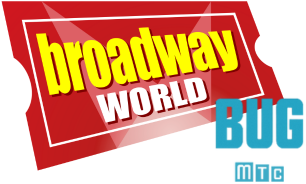Review: NOAH MARLOWE A NATURAL IN NIGHTCLUB DEBUT AT 54 BELOW
The Book of Mormon boy comes of age.
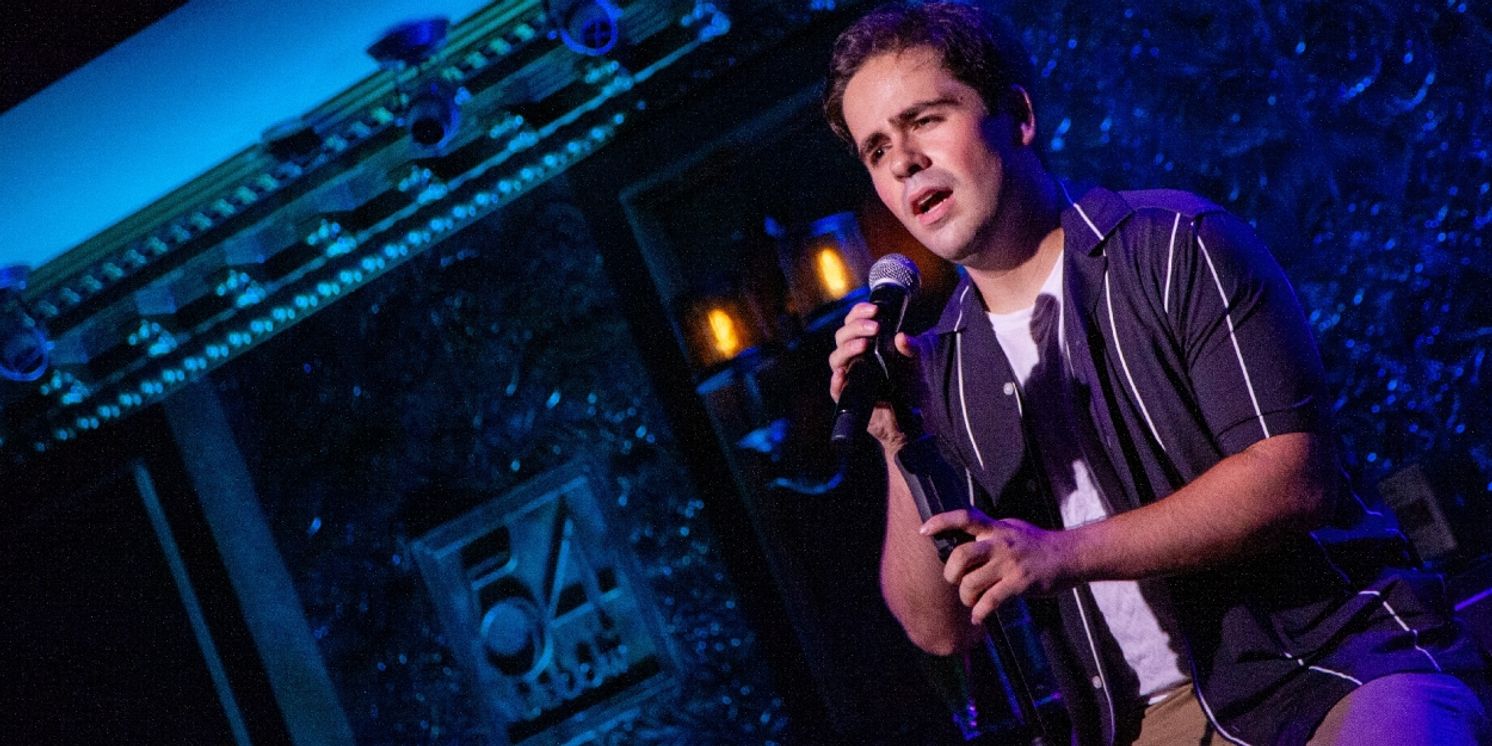
Noah Marlowe has a day job. It happens at night, most of the time, but it’s still his day job. Noah is in the company of the Broadway musical play The Book of Mormon, on 49th Street in Midtown Manhattan. But last night, just five blocks uptown, Noah was doing a little moonlighting in a basement nightclub called 54 Below. His job for the evening: making his solo show debut. And for that Freshman outing, were Noah Marlowe being given a letter grade, he would have been given high marks… REALLY high marks.
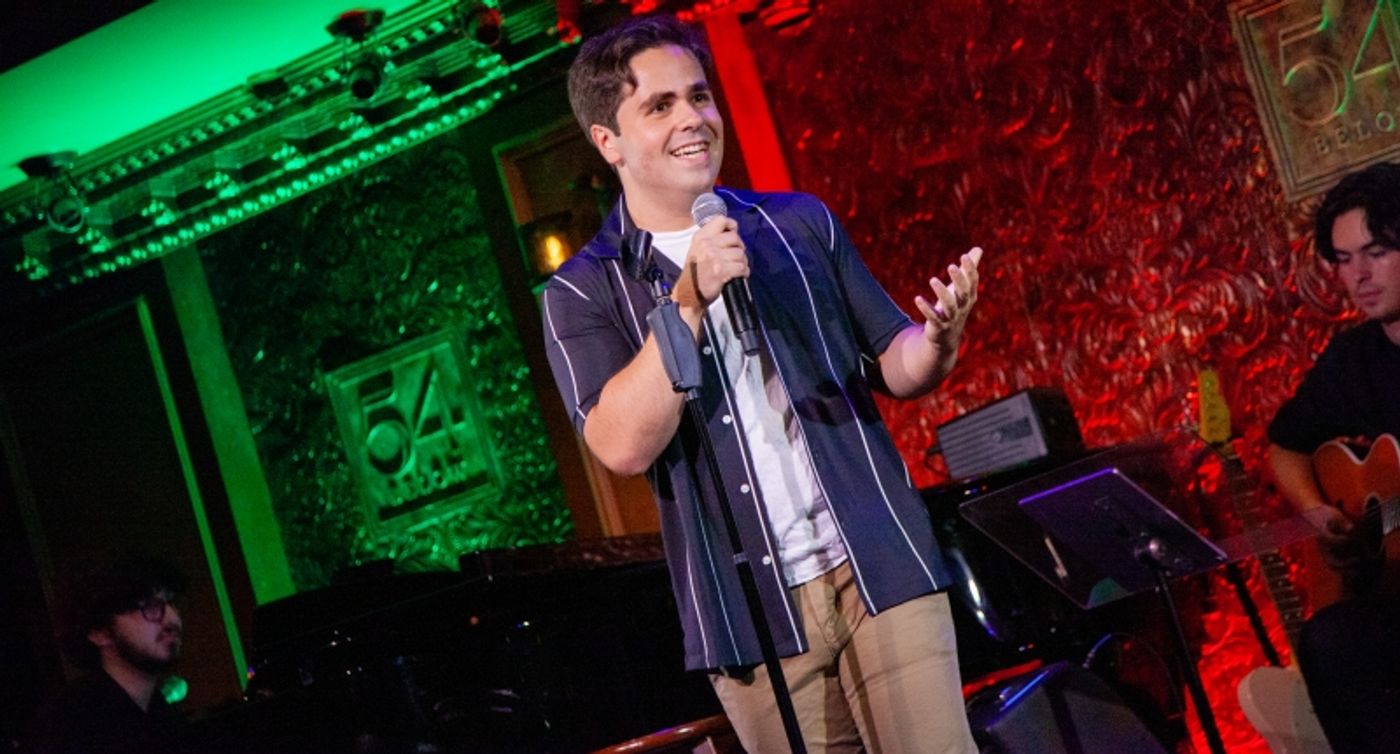
A genial fellow, young Mister Marlowe bounded up to the stage (joining an impressive number of musicians) for his opening number, an appropriate “Man Up” from (you guessed it) The Book of Mormon, and when he broke from his belting in the middle of the number to address the audience with an opening monologue, it became clear that Noah had come to play. There was no question that he had sat down and written himself a script, that he had memorized the script, and that he had thrown the script away. He was strong, he was confident, and he was in his lane, using true cabaret structure and bonafide club act style. There was no doubt in this clubgoing aficionado’s mind that the audience was in for a right proper evening of nightclub storytelling, and that is exactly what they got.
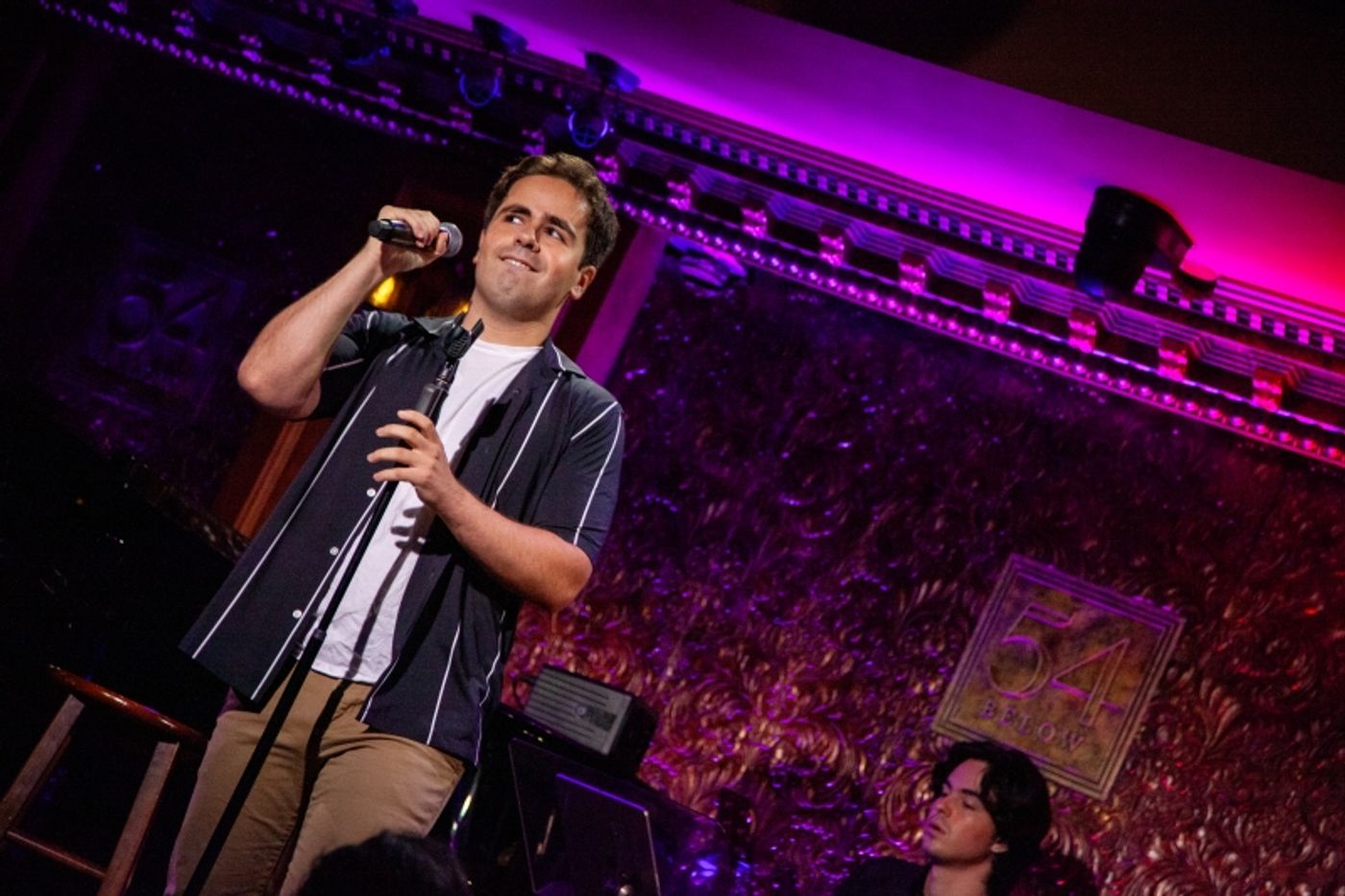
Noah Marlowe was a child actor. Now twenty-two, he explained, he was navigating the sometimes choppy waters of being a “Recovered child actor,” and therein lies the theme of his nightclub bow, and 54 Below was the right room for it. The one-time (child) star of shows like Mary Poppins, Act One, and ELF is a natural, owning the stage, enchanting the audience, and filling the room with a charming personality and a spectacular singing voice. Indeed, those letter grades mentioned above would have required two marks, one for the show itself, and one for the performance. The show would have come in at about a B+ (and I’m about to tell you why), with the performance ranking an indisputable A+. So let us begin the play itself.
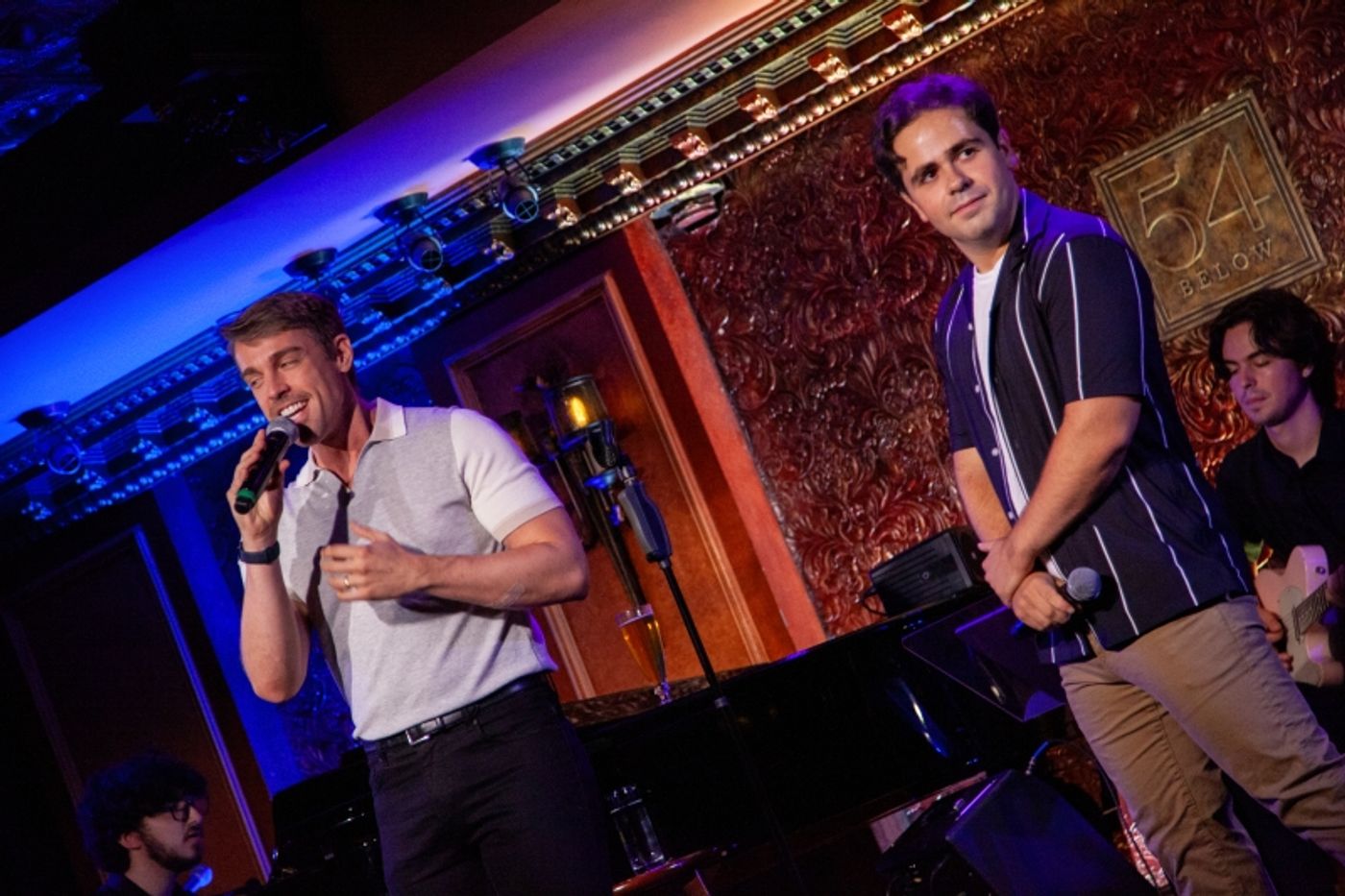
When a performer goes out onto a stage for their solo show, they can either present an act or a set. An act has a theme, a throughline, an arc, while a set is a list of songs the performer wants to sing. From the moment Noah Marlowe introduced the subject of being a former child actor turned grown up actor, he introduced his theme, and it was a good one. And for the first half of his show, the theme moved forward in a determined motion, and near the end of the show, the theme returned to the center mic. But somewhere in the middle of Noah’s play, the theme fell away, seemingly abandoned, maybe forgotten, but certainly moved to the back burner. This is an easy fix, and one that can benefit everyone: Noah needs more script. His stories are wonderful, and he is a born orator, funny, sincere, and with timing that lands not only the laugh lines but that elicits sighs and smiles when discussing more tender topics like his parents’ wedding or the sacrifices they made in the name of their childrens’ dreams. With a return trip to his drafting table, Noah might find either another story or two, or details to add to the stories he is already telling, then reshape the arc of his show so that there are vignettes, chapters, acts, if you will, that tell the total tale of a boy becoming a man on the stages of the musical theater industry. He already possesses a solid foundation with this show, and it’s clocking in at a respectable sixty minutes - another five or ten minutes of storytelling would only make the experience richer for the audience and for himself, without rendering the play too long.
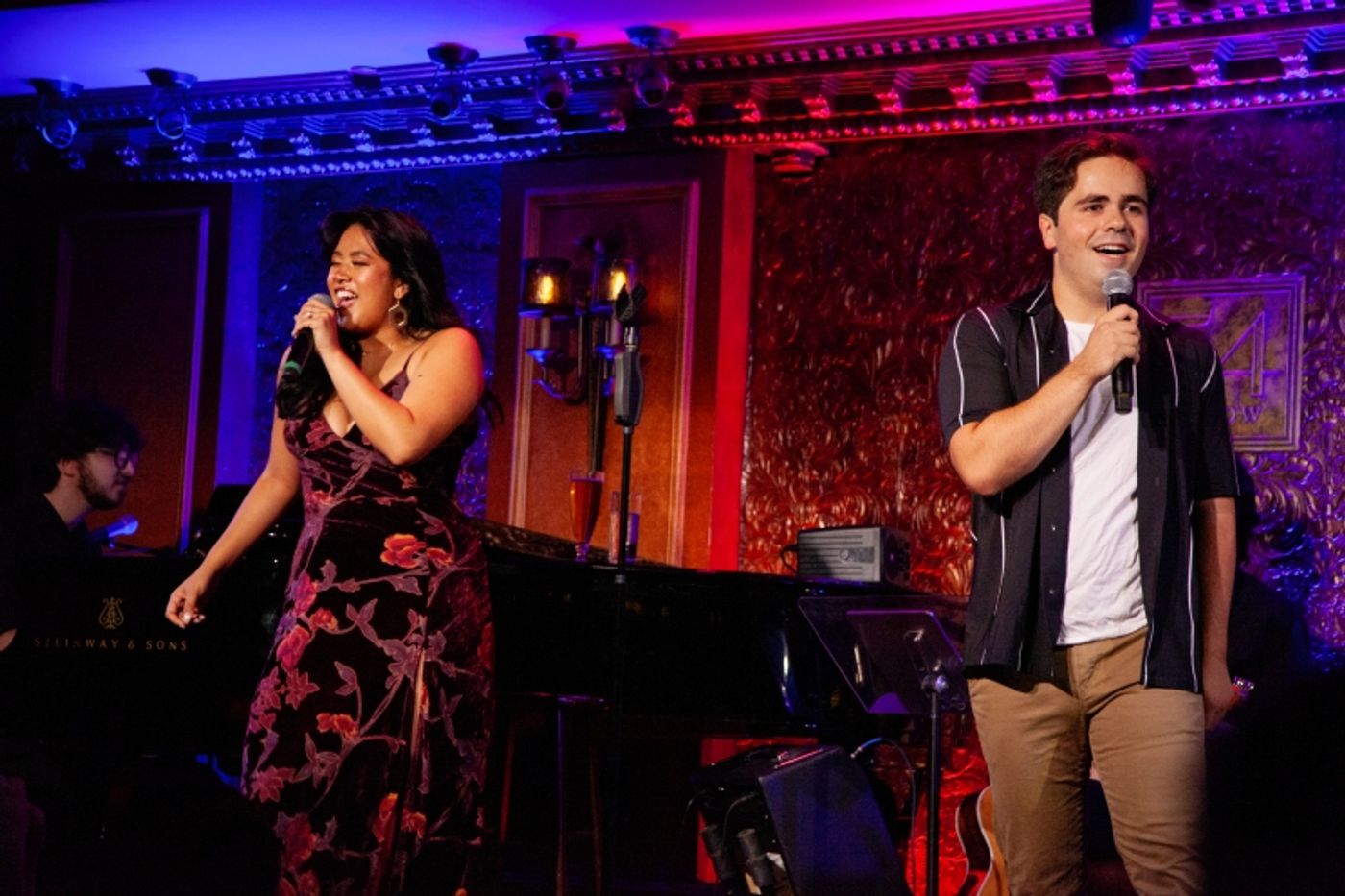
Now, as for the performance itself, this cabaret devotee has no notes, not one, whatsoever, only praise. The Marlowe voice is a marvel, not only able to display the Broadway belt that has been his bread and butter, lo, these many years, but also worthy of a presence in pop music. While it is true that Mr. Marlowe showcased his musical theater chops with songs from Avenue Q, the Mormon play, and Dreamgirls (as well as a sweet, complete performance of “Where Is Love?” from Oliver!), the surprise highlight of the evening was a one-two-three punch of radio hits, two from pop/rock singer-songwriter Marc Cohn, and one from country singer-songwriter Cam. It’s a gutsy thing, to do three ballads in a row (and, technically, “Walking in Memphis” could go either way) but when a performer is possessing of the grounded and accessible personal quality that Noah Marlowe exudes, an audience is likely to go with them, wherever they choose, and what he chose was to do “Memphis” as a dedication to his dad, “True Companion” in honor of his parents, and “Burning House” as a representation of what he, at his (current) young and innocent age, has experienced and understood as Love. It was a sublime three-act musical play about growing up, perfectly crafted and properly executed, as emotions played across his face like a cinema screen, adding to the luscious, replete resonance of his vocal quality. He followed this up with a duet of “You’re All I Need To Get By” with guest artist Sierra Fermin (who, incidentally, slayed with a solo of ”Love On Top”) that put, front and center, more of those pop star vocals, and then Noah Marlowe brought the evening to a close with a haunting and hypnotic treatment of a very famous Cher dance tune, the title of which this writer would like to withhold, for the sake of future audiences.
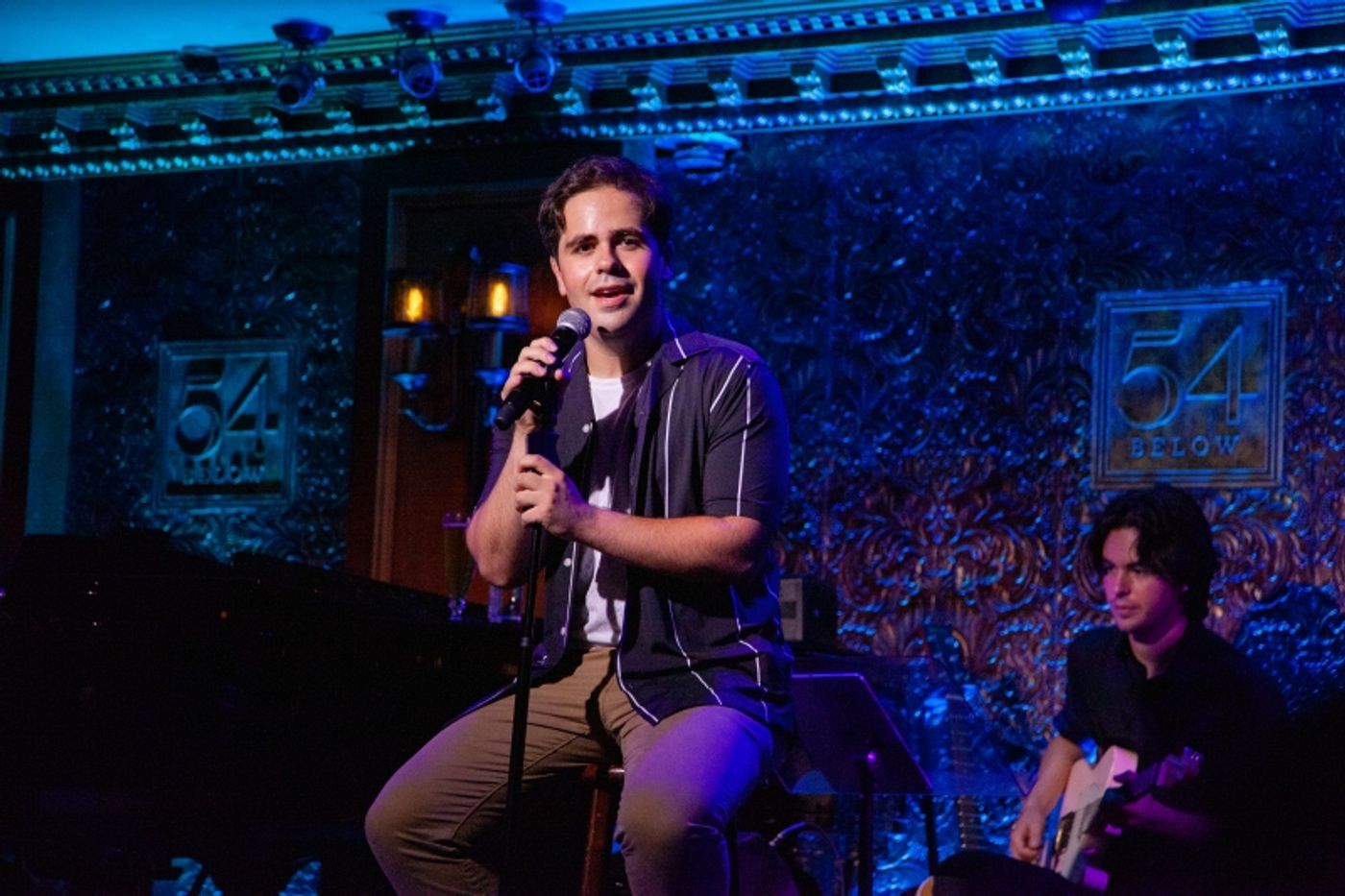
Another spoiler that won’t get out, for the benefit of those future audiences, is an incredible transition that Noah Marlowe makes while doing an iconic number from Dreamgirls. To reveal the title or the transition would be fair neither to Noah nor the ticket buyers - this writer will simply confine himself to saying, it is a superbly set up moment in cabaret storytelling, impeccably guided by director Nate Patten and carried off by this budding cabaret star. Certainly, Mr. Patten has done his headliner a great service, as has musical director Adam Dorfman, who watched Noah and both guest artists, Sierra Fermin and Nic Rouleau, like a hawk, giving them the utmost support (Rouleau thrilled with his “Go The Distance”). There is something special that Noah accomplished during his premiere play in a cabaret that many club artists never figure out: where to look. Many are the cabaret performers who pick a spot on the back wall and sing right to that horizon line throughout, a blank stare into the abyss. There are others who sing while looking right into the eyes of the audience members (at least, the ones they can see), but Noah Marlowe either has an innate instinct or Nate Patten has directed him in just the right manner (or a combination of both) for knowing where to look to make pictures. There is a horizon line at the back. There is a foreground sightline. There is a peripheral view. There is a pair of eyes in the front row. There is a face house left. Noah Marlowe is painting pictures with his eyes, with his face, with his words, with his voice. He is making a picture but the audience is complicit in his creation, for we take what he gives us and add to it our imaginations until we can see the cast of characters to whom he is singing, be they characters from Mormon, Elf, backstage on Broadway, around the Marlowe family history, or the audience member sitting beside us. He is, to a certain extent, a Georges Seurat of cabaret, and all the rest are the dots in his pointillist painting. It’s a gift, and he is using it to full advantage, and, for that and everything else he presented last night on the 54 Below stage, Noah Marlowe goes right to the head of the class, which is where he belongs.
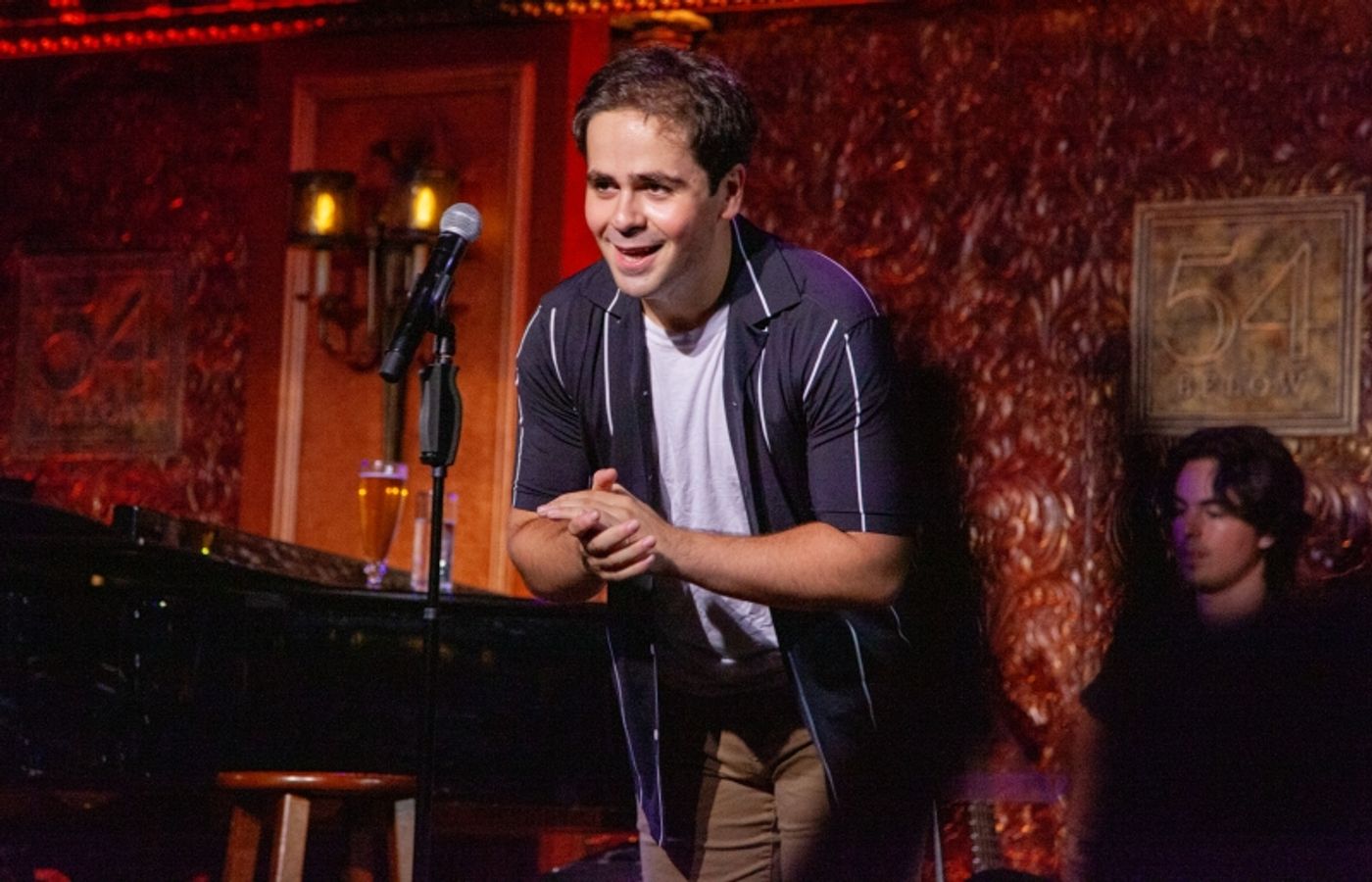
The Noah Marlowe Show featured guest artists Sierra Fermin and Nic Rouleau and was produced by Jen Sandler. Direction was by Nate Patten. The incredible band members were Lexi Bodick on Bass, Max Caine on Guitar, Adam Dorfman on Piano, and Skylar Fortgang on Percussion.
Find great shows to see on the 54 Below website HERE.
Visit the Noah Marlowe website HERE.
Photos by Stephen Mosher
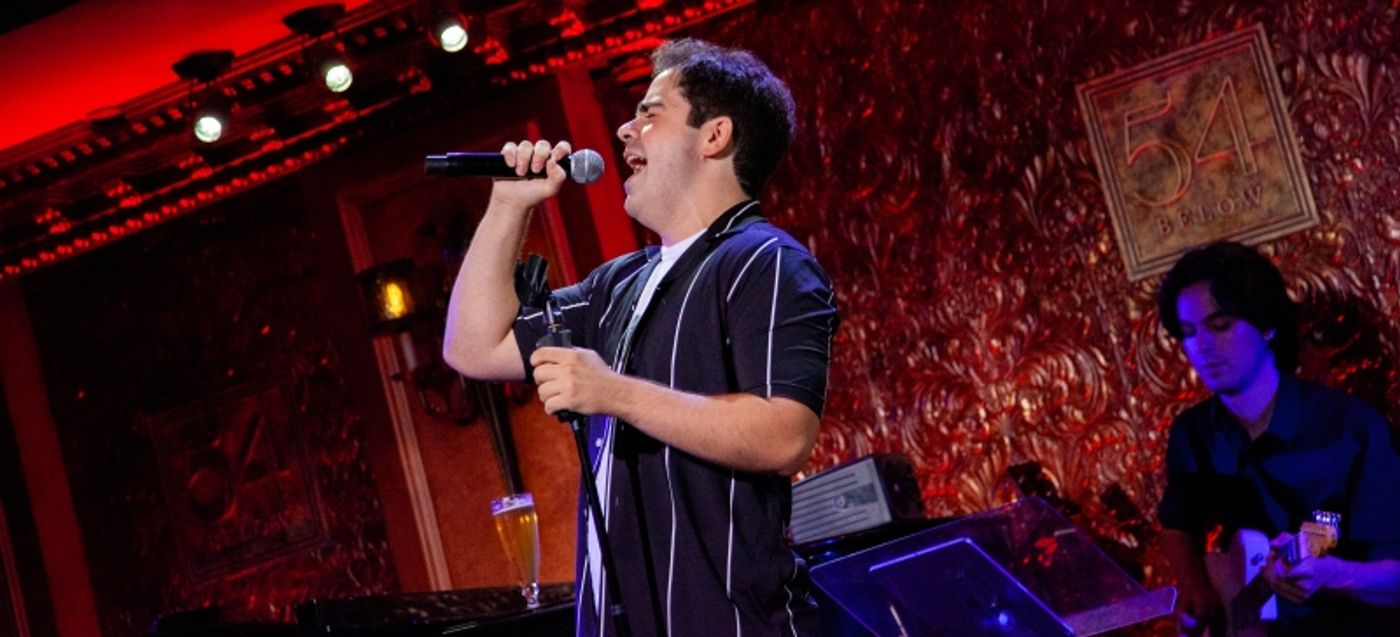
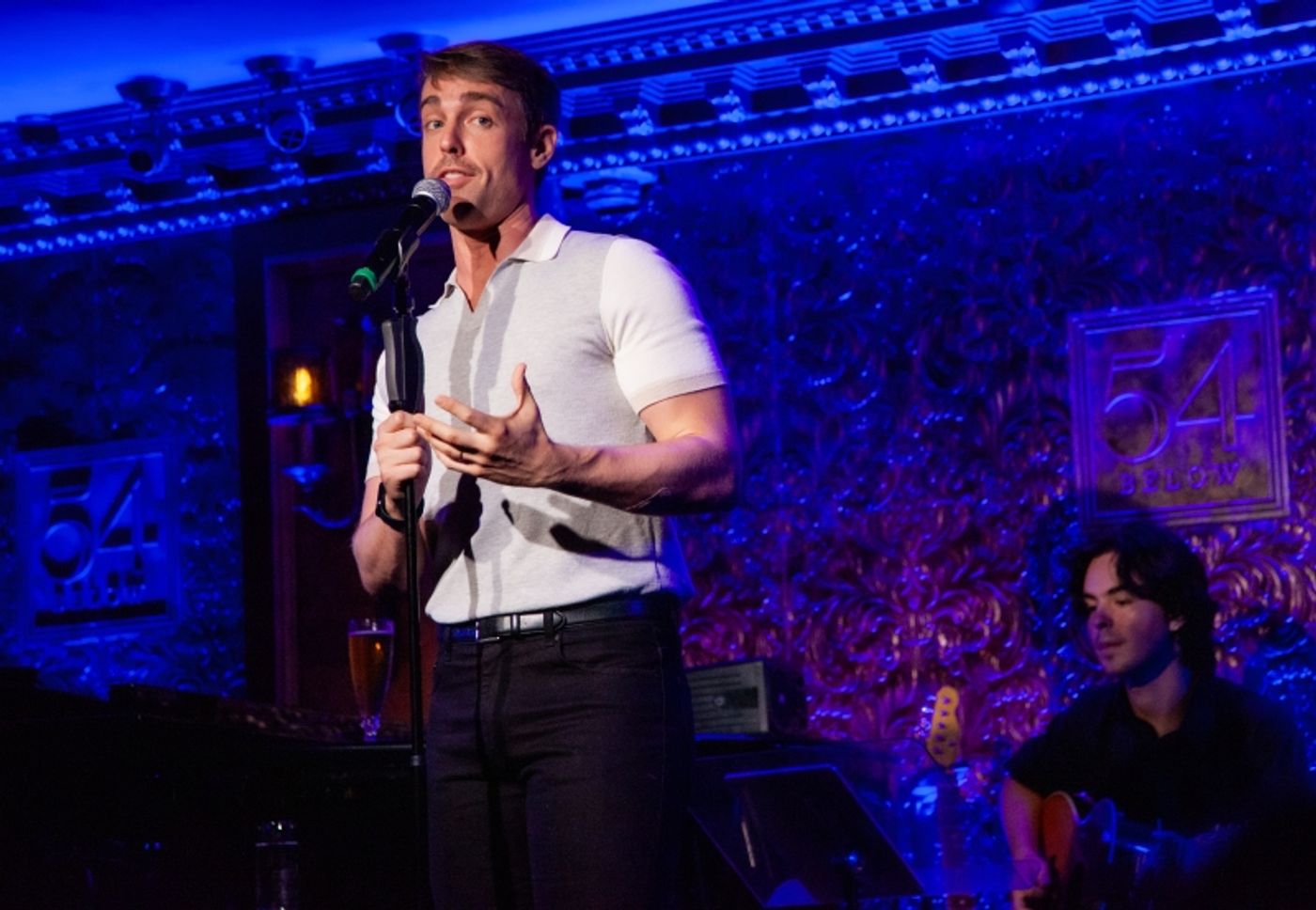
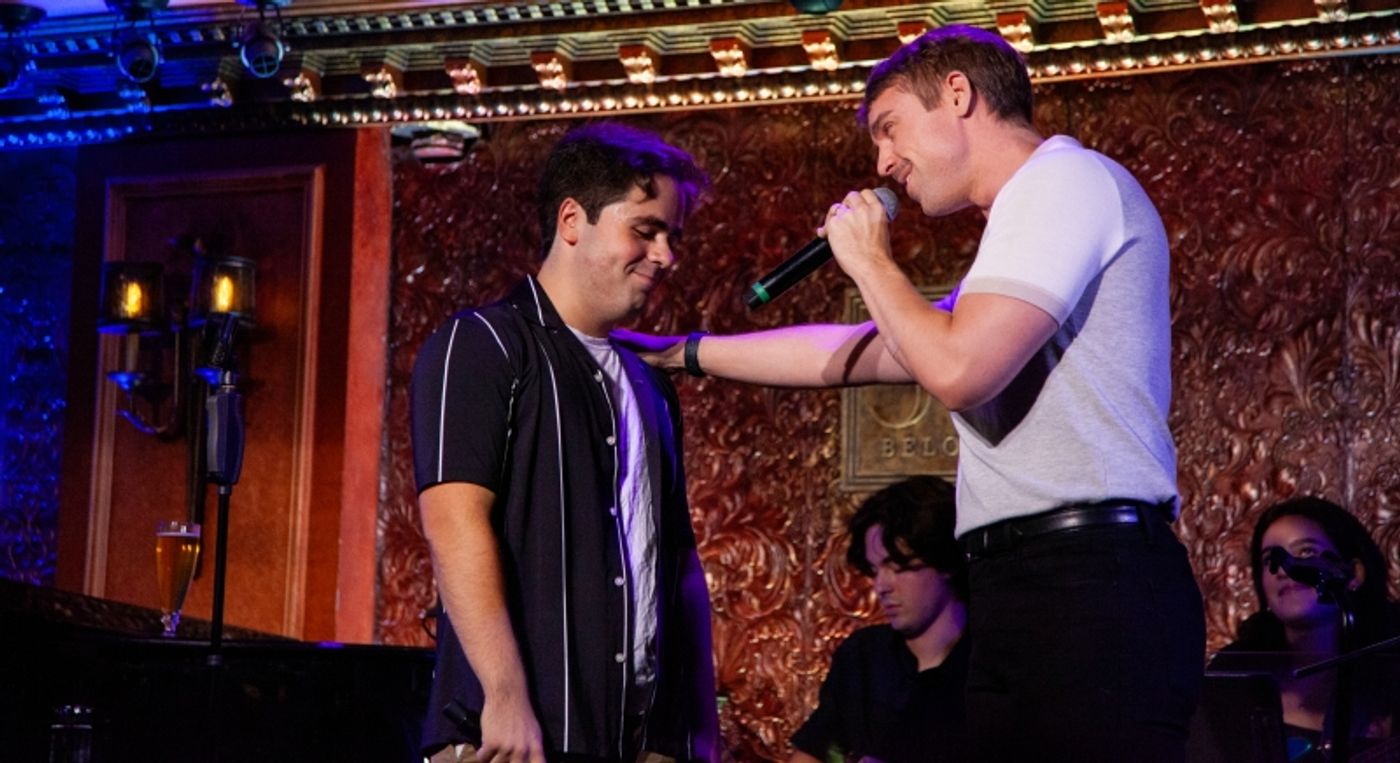
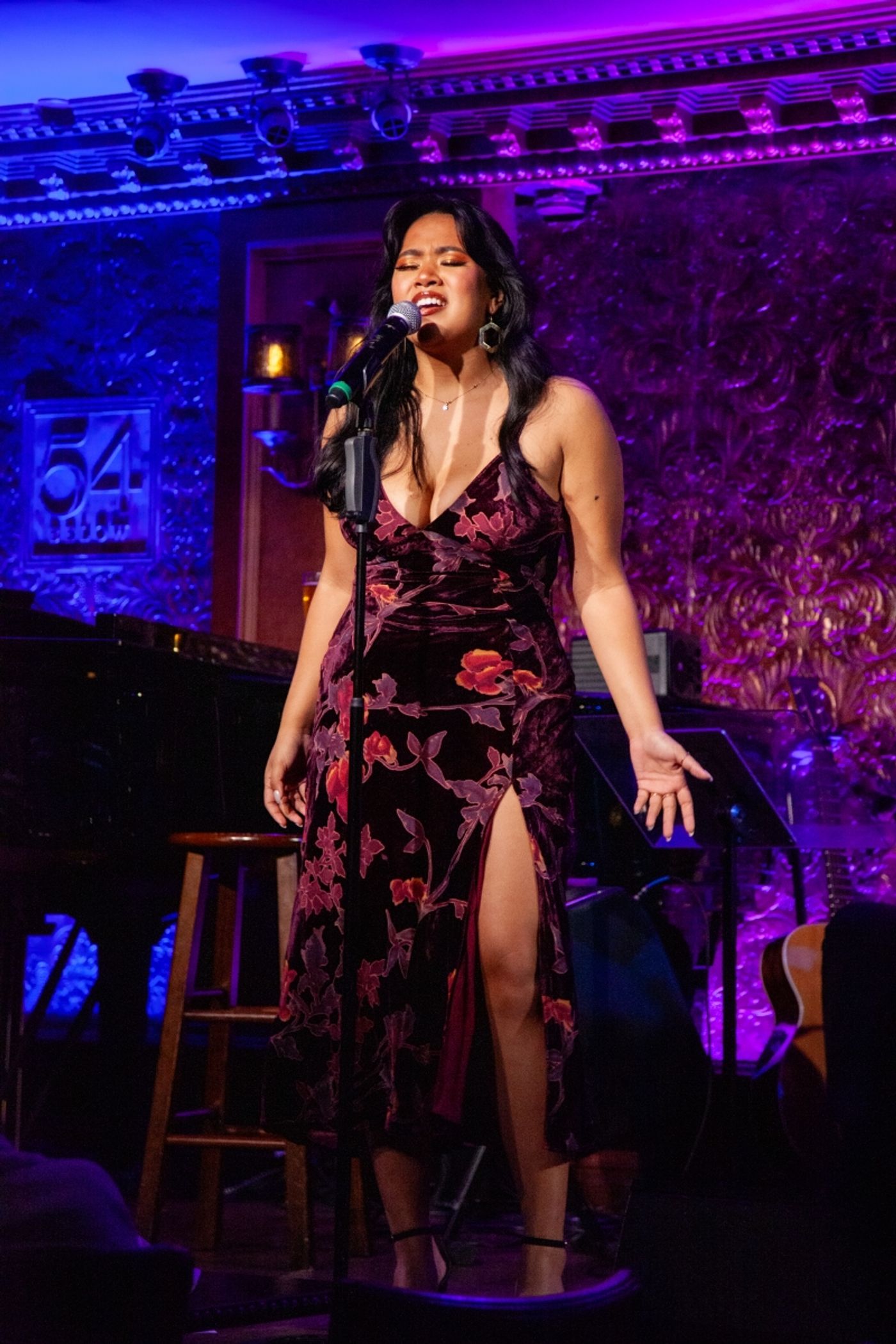


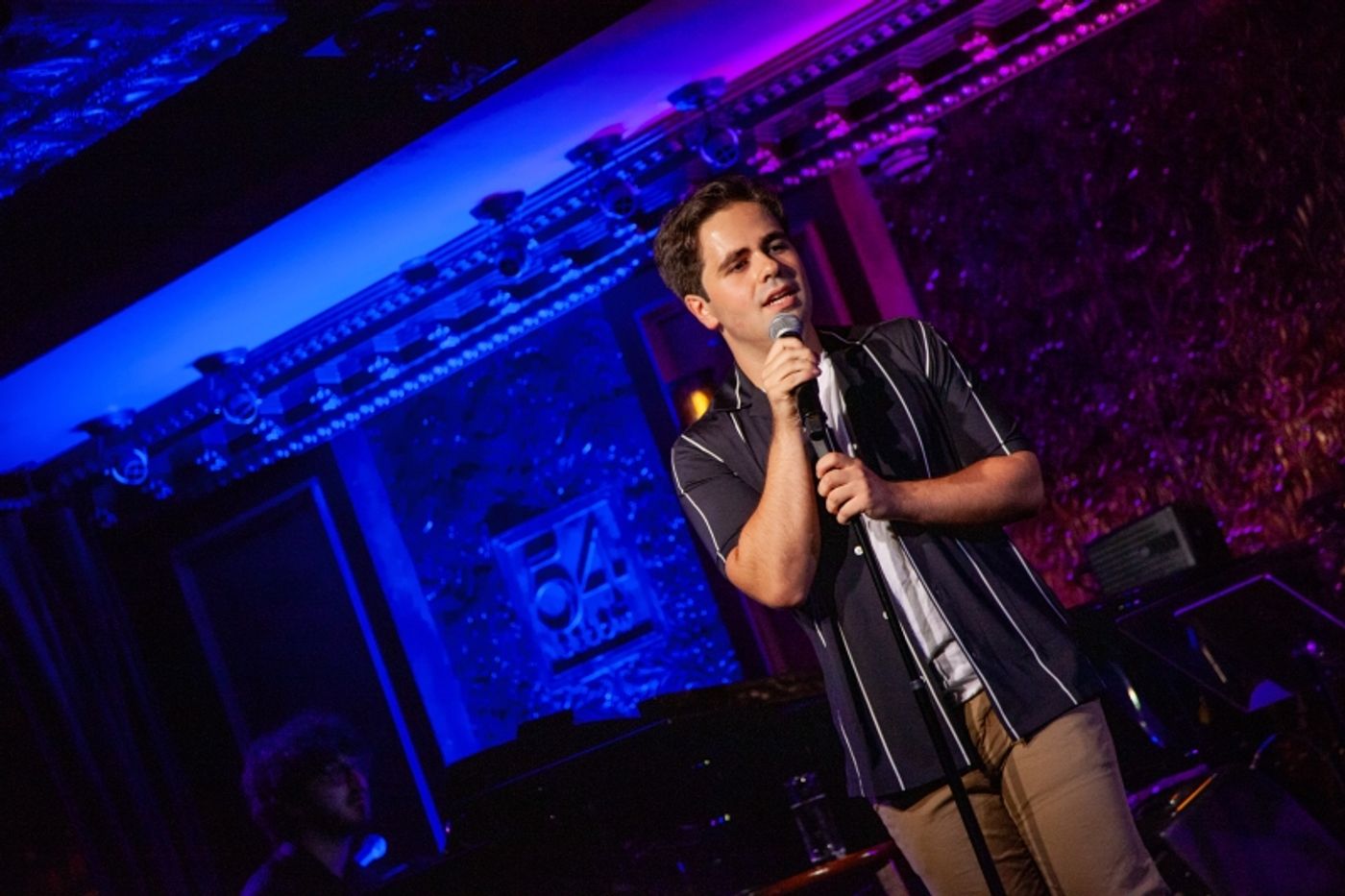

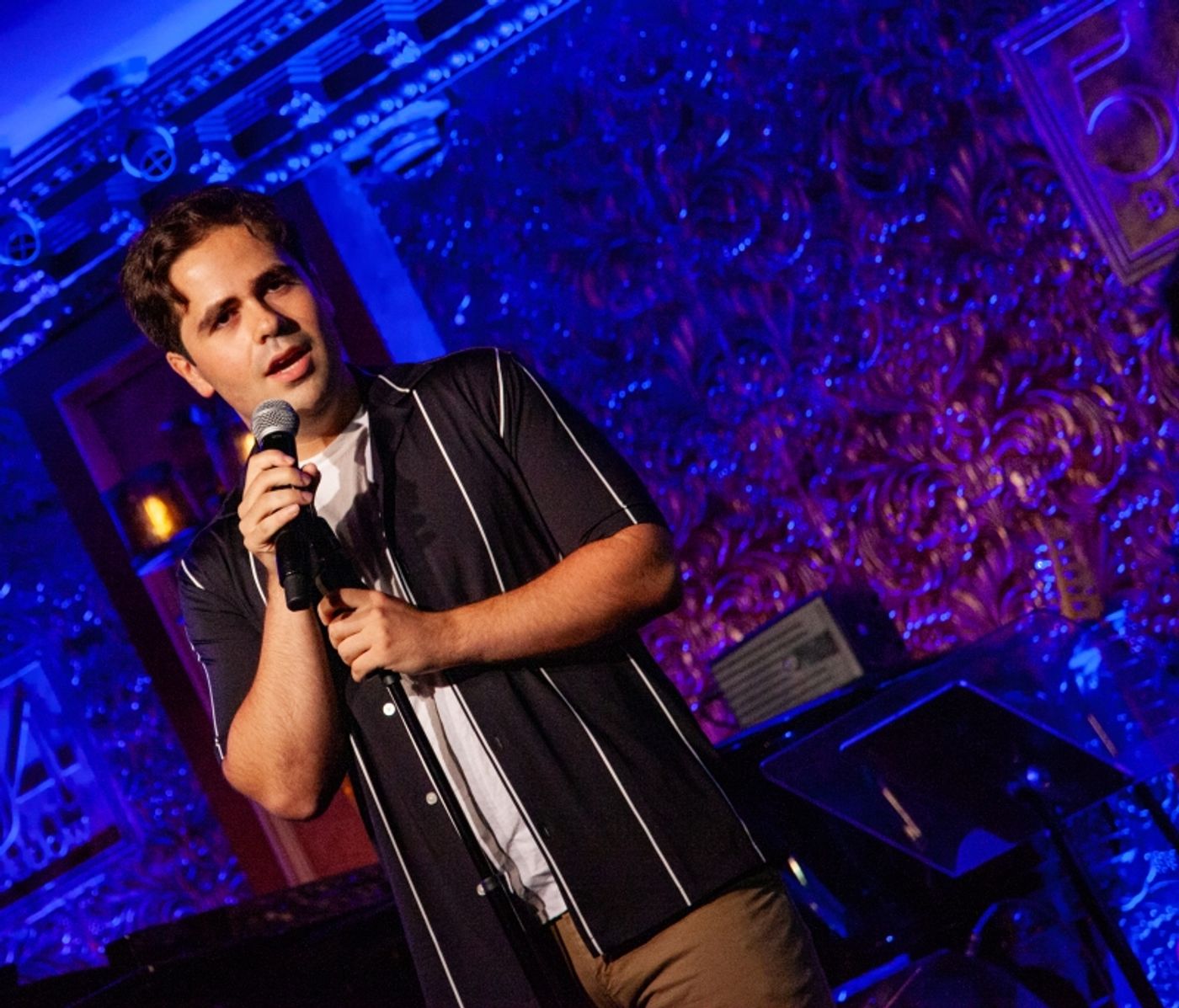
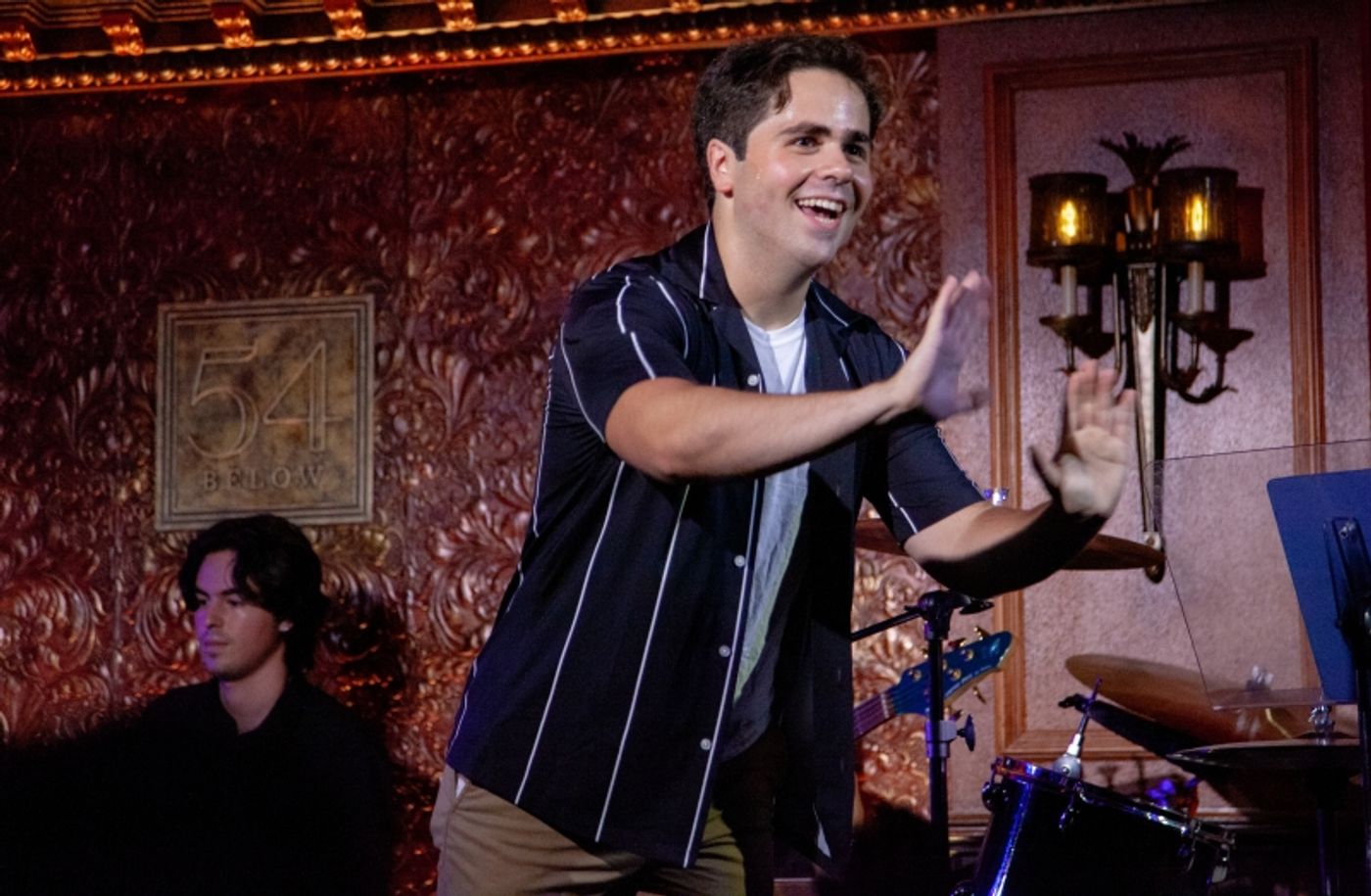
Reader Reviews
Videos
